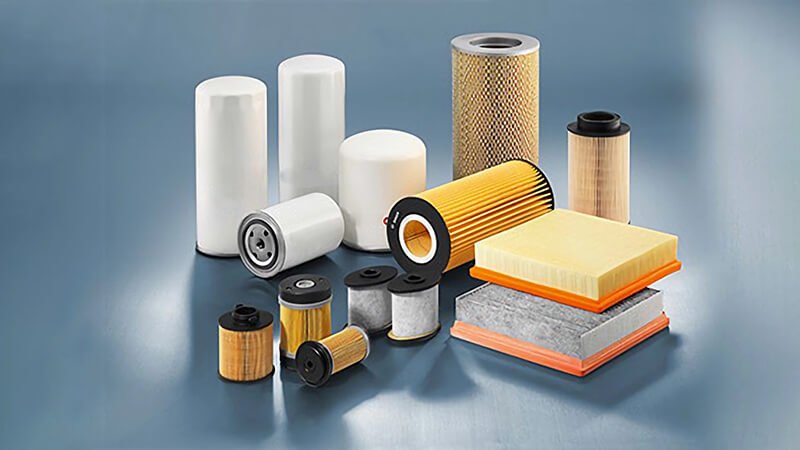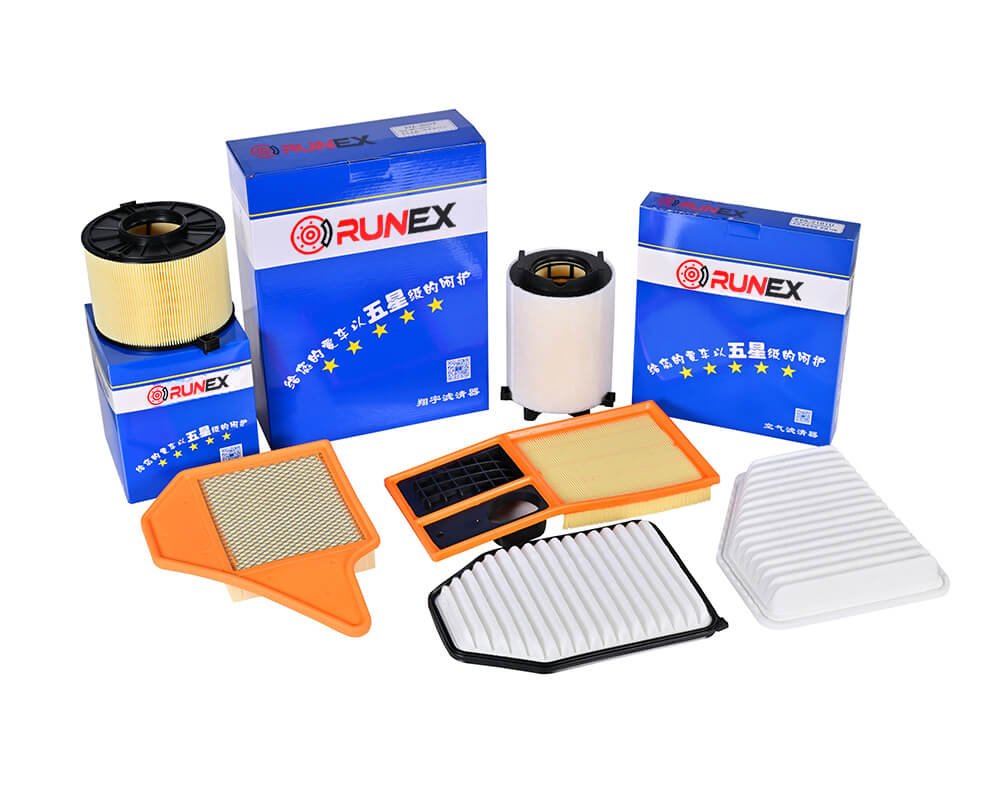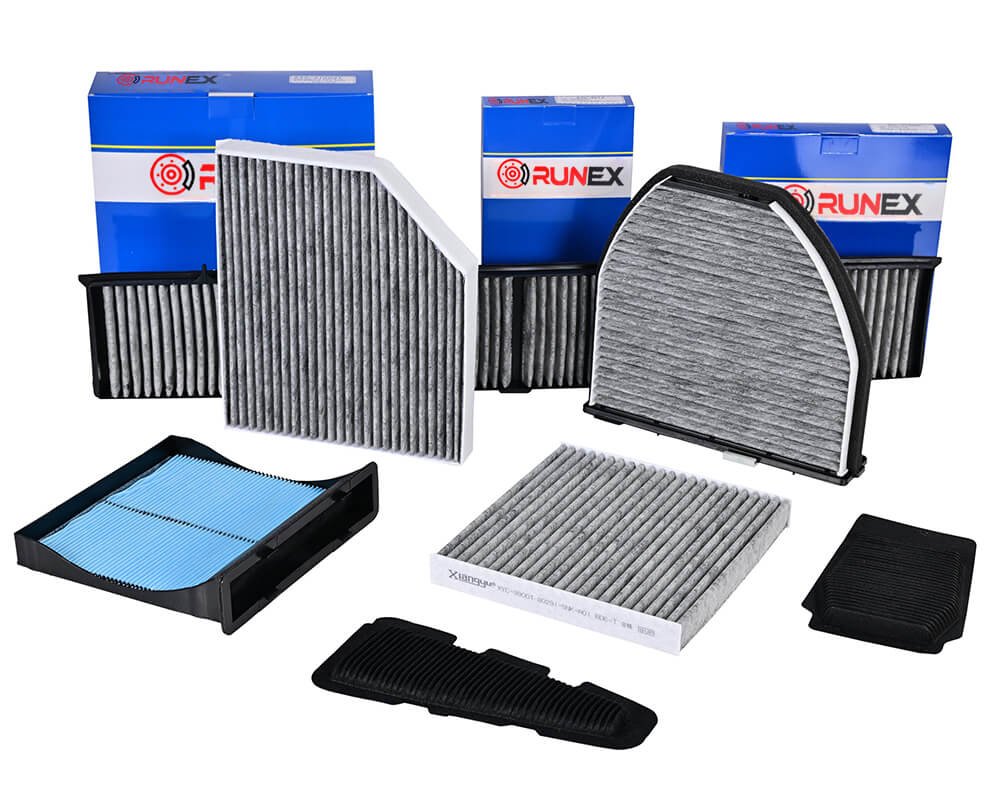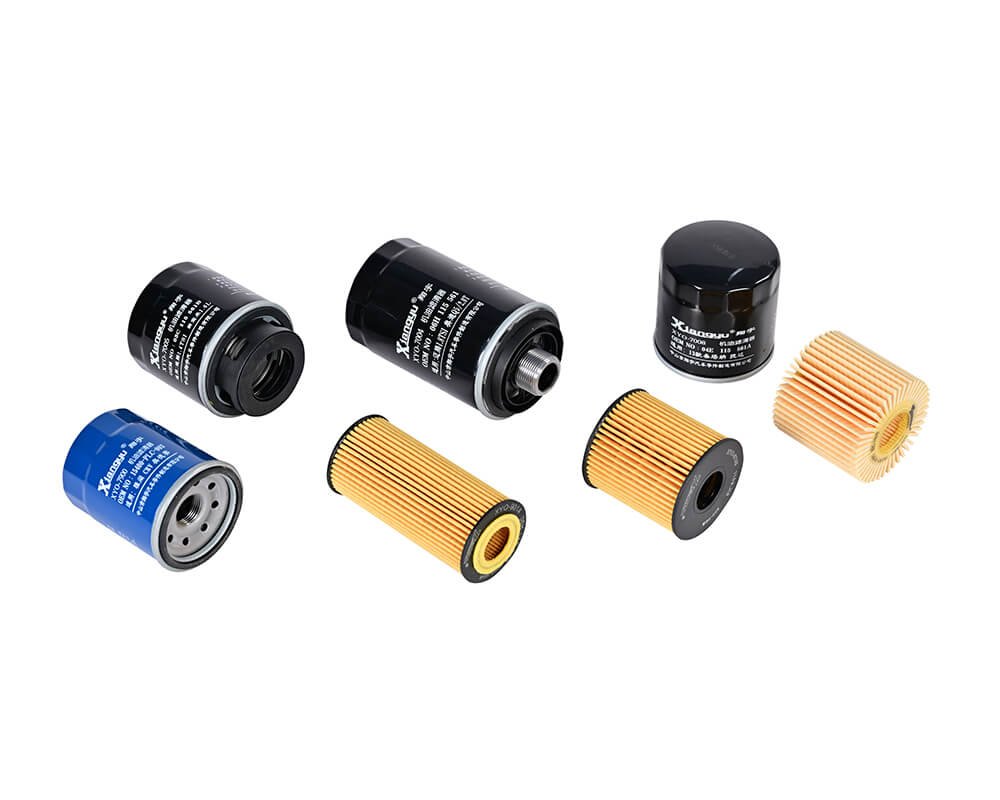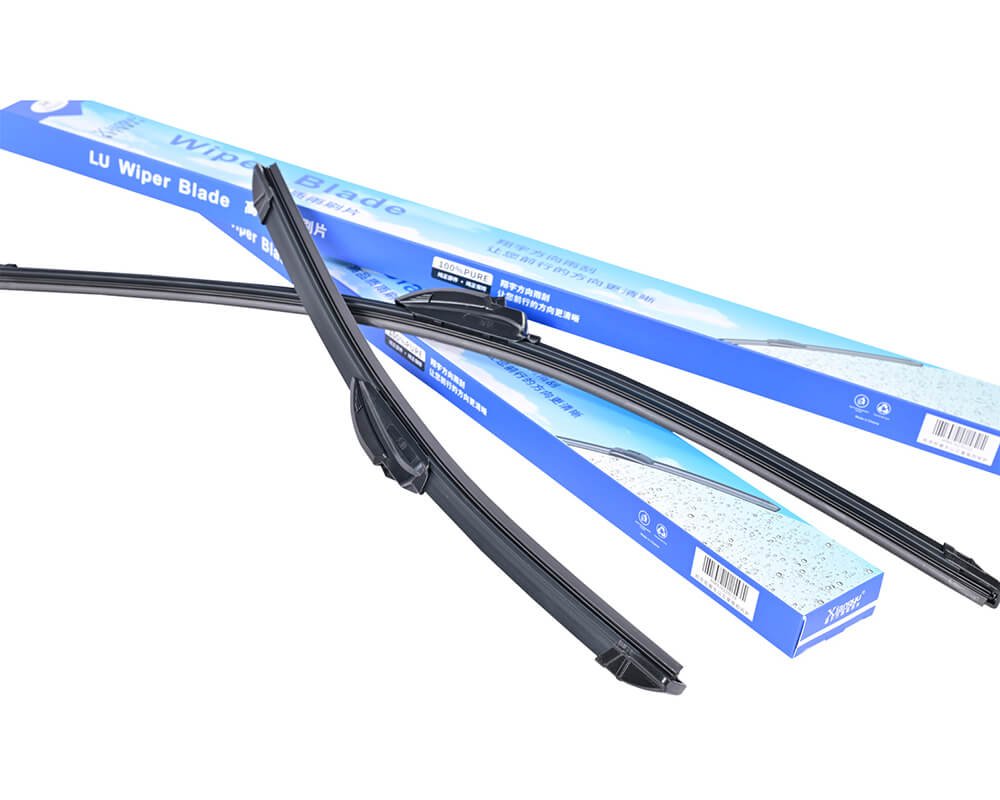When was the last time you thought about the air you're breathing inside your car? Most people don’t. But if you’ve ever sneezed on a long drive or noticed a strange smell with the windows up, your cabin air filter might be the reason.
Car cabin air filters remove dust, pollen, pollutants, and even odors from the air inside your vehicle. They keep the environment fresh and healthy while you drive.
We often think about engine performance and fuel economy, but not enough about air quality. Yet, air filters play a vital role in comfort and health, especially during long commutes or in cities with pollution. In this article, I want to walk you through what I’ve learned about cabin air filters, how they work, and why they’re more important than many drivers realize. As someone deeply involved in automotive parts manufacturing and supply, I’ve seen firsthand how quality matters here.
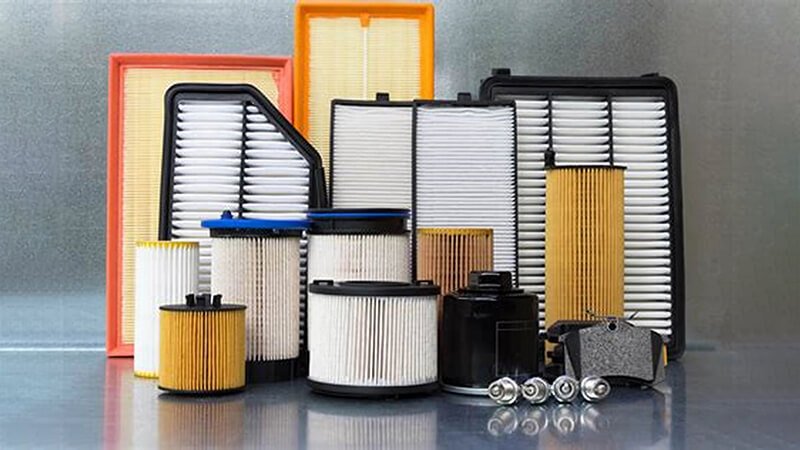
How effective are car cabin air filters?
Some people think cabin air filters are a small detail, not worth much thought. But when customers start experiencing sneezing, headaches, or fatigue on long drives, the conversation changes. Especially in urban areas with lots of traffic and air pollution1, the cabin filter is the first line of defense between the road and your lungs.
High-quality cabin air filters can remove up to 99% of airborne particles such as dust, pollen, mold spores, and harmful exhaust gases2. Their real-world effectiveness depends on the type of filter, air pollution level, and how often it is replaced.
Factors influencing filter performance
Several factors directly impact how well a cabin air filter performs:
| Factor | Description |
|---|---|
| Filter Type | Standard, Activated Carbon, HEPA |
| Filtration Efficiency | Measured in particle size captured (e.g., PM2.5, PM10) |
| Filter Age | Performance drops significantly after 12,000–15,000 km |
| Environmental Conditions | Urban, rural, or industrial areas influence the level of contaminants |
| Installation Quality | Poor installation can let unfiltered air bypass the filter |
Types of filters and their strengths
| Filter Type | Captures Dust | Captures Pollen | Odor Removal | Gas Filtration | Cost Range |
|---|---|---|---|---|---|
| Standard Paper | ✅ | ✅ | ❌ | ❌ | Low |
| Activated Carbon | ✅ | ✅ | ✅ | ✅ | Medium |
| HEPA Cabin Filter | ✅ | ✅ | ✅ | ✅ | High |
At Runex Auto, we manufacture both standard and activated carbon filters. For markets like the UK, where pollen levels rise in spring and urban pollution is high year-round, we’ve seen better customer satisfaction with carbon filters. Distributors also prefer filters that balance cost with comfort, especially when marketing to families and professional drivers.
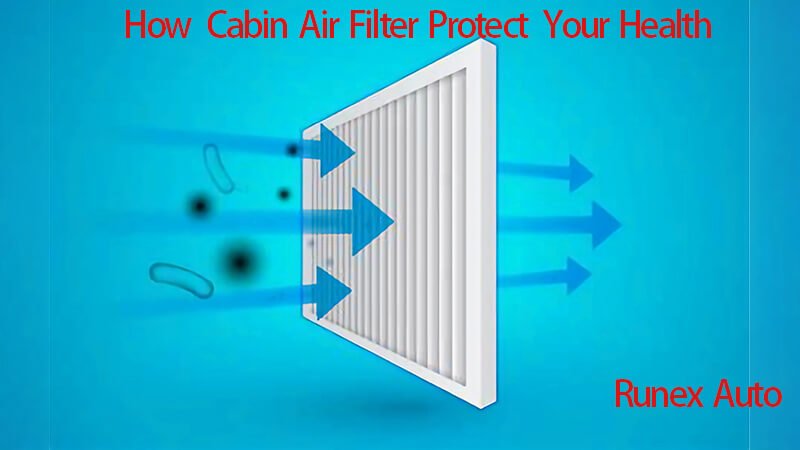
How do cabin air filters work?
Cabin air filters are like lungs for your car’s interior. They take in all the air that enters through your HVAC system and remove unwanted particles. But most people don’t realize the engineering that goes into something that looks so simple.
Cabin filters work by using multiple layers of synthetic or natural fibers to trap solid particles and sometimes gases3. More advanced filters also contain activated carbon or electrostatic charge to neutralize pollutants4.
Main layers in a cabin air filter
Each layer serves a specific function. Here’s what you’ll typically find in a quality filter:
| Layer Name | Purpose |
|---|---|
| Pre-Filter Layer | Traps larger particles like dust and debris |
| Microfiber Layer | Captures fine particles such as pollen and mold spores |
| Electrostatic Layer | Attracts and holds smaller airborne particles |
| Activated Carbon Layer | Adsorbs gases and odors such as NO₂, SO₂, and ozone |
| Support Mesh | Maintains shape and airflow under pressure |
Filtration mechanism: Passive and active elements
- Mechanical filtration: Particles are physically blocked by small gaps between fibers.
- Electrostatic attraction: Fibers are charged to attract oppositely charged contaminants.
- Adsorption: Activated carbon binds with gas molecules to remove them from the airflow.
Runex Auto filters are engineered with melt-blown layers and activated carbon sourced from trusted suppliers. We test for airflow resistance, particle capture, and gas adsorption in our QC process. Our production lines support both OEM specs and custom sizing for rebranding clients. Many of our European partners rely on us for consistent quality, especially for vehicles sold under multiple private labels.

Does cabin filter filter recirculated air?
When people switch their car AC to recirculation mode, they often think the air becomes cleaner. In reality, it’s only as clean as the cabin air filter allows it to be. If the filter is clogged or low quality, the air just keeps recycling pollutants.
Yes, cabin filters clean recirculated air as well as fresh outside air5. Whether your HVAC system pulls air from the outside or from within the car, it passes through the same filtration system6.
Understanding HVAC modes and filtration
| HVAC Mode | Air Source | Filtered by Cabin Filter? | Common Use Case |
|---|---|---|---|
| Fresh Air Mode | Outside Air | ✅ | Everyday driving in clean environments |
| Recirculation Mode | Cabin Interior Air | ✅ | City driving, tunnels, or AC cooling |
Why it matters for driver health
- In recirculation mode, unfiltered air builds up moisture and pollutants inside the car.
- Without a good filter, you can experience drowsiness, headaches, or eye irritation.
- Long drives in polluted areas increase exposure to fine particles (PM2.5), which are harmful over time.
Many car owners don’t change their cabin filters regularly. In our experience, some filters we inspect during product returns are clogged beyond recognition. This dramatically reduces air quality and can also damage the blower motor due to restricted airflow.
At Runex Auto, we recommend a change interval of 12,000 km to 15,000 km, depending on the local environment. We provide replacement reminder stickers and QR codes on our packaging so users can track usage more easily. Our UK distributors have told us this small feature increased repeat sales and customer retention.

Does cabin air filter improve smell?
One of the first signs of a worn-out cabin filter is bad smell when the AC is turned on. Many drivers assume it’s a mechanical problem, but it often comes down to the filter. However, not all filters are designed to remove odors.
Cabin filters with activated carbon or baking soda compounds can reduce odors caused by traffic fumes, industrial pollution, and even pet smells7. But they may not remove moldy smells from a dirty AC system8.
Common odor sources and filter effectiveness
| Odor Source | Filter Can Help? | Notes |
|---|---|---|
| Exhaust fumes | ✅ | Carbon layer adsorbs harmful gases and odors |
| Mold in vents | ❌ | Requires HVAC cleaning, not just filter replacement |
| Smoke (cigarettes) | ⚠️ | Can reduce smell, but not eliminate entirely |
| Pets or food | ✅ | Gradual improvement over repeated cycles |
| Roadside chemicals | ✅ | Effective with multilayer carbon filters |
How filters remove smells
- Activated carbon: Absorbs volatile organic compounds (VOCs) and chemicals.
- Baking soda-infused filters: Neutralize acidic or organic smells.
- HEPA + Carbon combo: Offers best odor and particle filtration.
We’ve worked with rebranding partners in Eastern Europe who wanted to promote “Fresh Air Technology” for urban customers. We helped them design a packaging message and upgraded to a triple-layer filter with a more robust carbon compound. Feedback has been positive. Customers noticed less smell during city driving and longer-lasting performance.
At Runex Auto, we’ve always believed in building more than just “basic” parts. Clean air inside your car is a quality-of-life feature. And it’s something you feel every day.
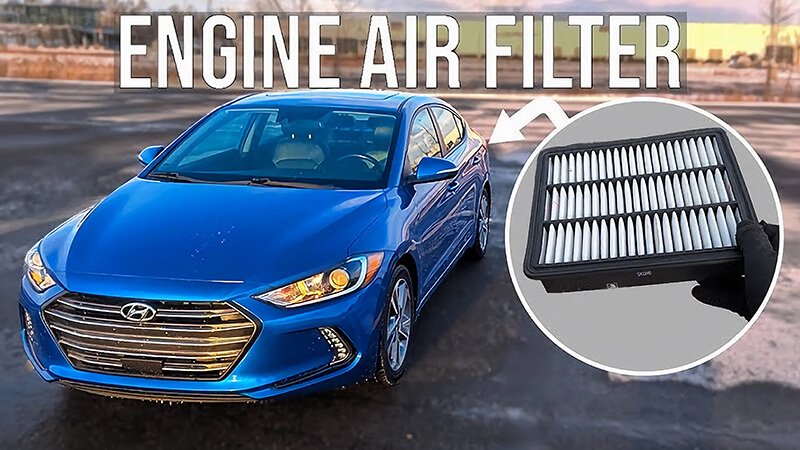
Conclusion
Cabin air filters are more than just a maintenance item. They protect your health, improve driving comfort, and even extend HVAC system life. Whether you're dealing with pollution, pollen, or unpleasant smells, choosing the right filter matters. And changing it on time is just as important.
At Runex Auto, we take this seriously. We manufacture cabin filters with advanced materials and strict quality control, helping distributors and OEMs offer products they can stand behind. Clean air starts with smart design—and ends with a trusted supplier. If you need any kinds of filters, do not hesitate to contact us9.
-
Learn how urban air pollution impacts your health during daily commutes. ↩
-
Discover how high-quality filters protect you from harmful particles and gases. ↩
-
Understand the fiber-layer technology behind particle filtration in cabin air filters. ↩
-
Learn how advanced materials neutralize harmful gases and fine particles. ↩
-
Find out how cabin filters handle air in recirculation mode. ↩
-
Learn how vehicle air systems route and filter different sources of air. ↩
-
Learn how certain filters are designed to absorb unpleasant smells inside the vehicle. ↩
-
Understand why some odors persist despite replacing your cabin air filter. ↩
-
Click here to know all kinds of filters of Runex. ↩

